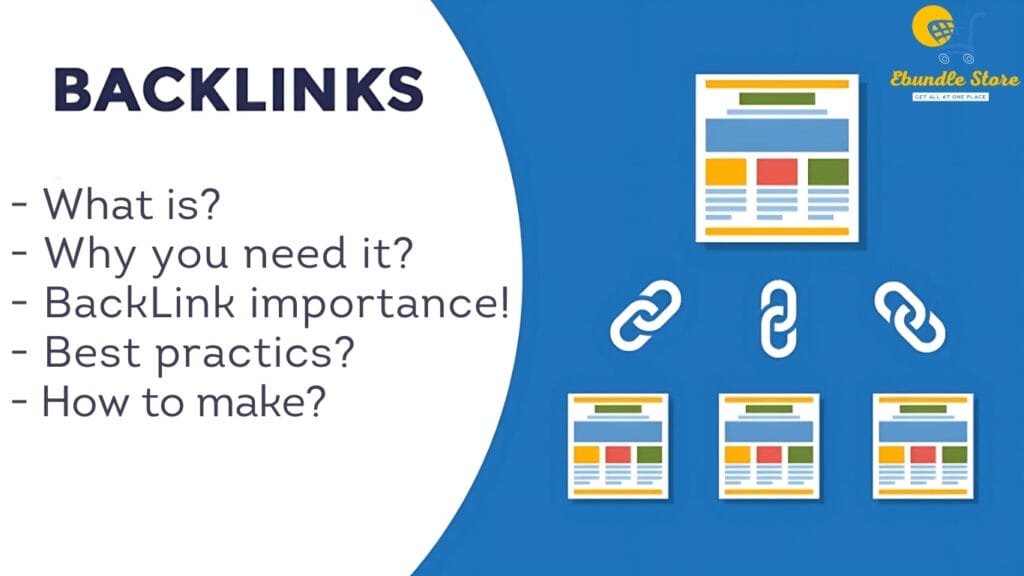What is the Hummingbird Algorithm?
Google's Hummingbird algorithm was initially released in August 2013, although it was officially announced on September 26, 2013, during Google's 15th-anniversary celebration. Unlike previous updates like Panda and Penguin, which were add-ons to the existing algorithm, Hummingbird was a complete overhaul of Google's core search algorithm. It aimed to improve search results by better understanding the intent behind user queries, focusing on natural language processing and semantic search.
Hummingbird marked a significant shift from keyword matching to understanding the context and meaning of search queries, making it more effective for conversational and long-tail searches. This update had a profound impact on SEO, paving the way for future algorithm updates like Mobilegeddon and mobile-first indexing, which further emphasized mobile and voice search capabilities.
While Hummingbird did not cause widespread traffic or ranking losses like some previous updates, it was seen as a positive development, particularly in enhancing the accuracy of Google's Knowledge Graph and local search results. Today, Hummingbird remains integral to Google's core algorithm, influencing how search queries are interpreted and processed.
Knowledge Graph and Semantic Search
To fully understand the purpose of the Hummingbird algorithm, it's essential to grasp the critical impact of two key search engine features: semantic search and the Knowledge Graph.
Semantic Search
Semantic search is a method used by search engines to understand the intent and context behind a user's query. Unlike traditional keyword matching, semantic search leverages natural language processing (NLP) to analyze the meaning and relationships between words in a search query. This approach allows Google to deliver more accurate and relevant results, especially for complex or conversational searches.
Knowledge Graph
The Knowledge Graph is not a visual graph but a set of SERP features designed to provide quick answers about people, places, and things. It is a vast database that stores information about entities and their relationships, enabling Google to display factual information directly on the search results page (SERP). When you search for something like "peanut butter cookies," the SERP includes not only standard links but also a knowledge panel with recipe suggestions, nutritional information, and related search topics. This integration enhances the user experience by providing immediate answers and additional context without requiring users to click through multiple links.
In the context of Hummingbird, these features work together to improve search results by focusing on user intent and providing more relevant, contextually aware information. The Knowledge Graph plays a crucial role in this process by enriching search results with direct answers and related information, making the search experience more efficient and user-friendly.

Google ensures that search results reflect the searcher's intent and fully satisfy their needs through semantic search. This approach goes beyond matching individual keywords by understanding the broader context and intent behind a user's query, even when it's vague.
Semantic search aims to match the appropriate Search Engine Results Page (SERP) to the language of the user's query, considering more than just the meaning of a single keyword. For example, if you search for "chocolate cookies," semantic search will infer that you might be looking for recipes, nutritional information, or related topics, not just images or literal interpretations of the words. Google provides results that are likely to satisfy the user's intent, such as recipes and nutrition facts, rather than just matching the exact keywords entered.
Google's semantic search capabilities are continually improving, leveraging AI technology to understand the connections between concepts. The Hummingbird algorithm plays a crucial role in this process by parsing and matching the cause and effect of queries with relevant results, focusing on user intent.
Consider another example: if a user searches for "best places for Indian people," semantic search can interpret "places" as "restaurants" and "India" as a specific category of restaurants, providing results that align with the user's likely intent—finding Indian restaurants. This demonstrates how semantic search enhances the search experience by understanding the purpose, cause, and effect of user queries.
Characteristics of Hummingbird
One of the primary objectives of the Hummingbird algorithm is to transform semantic search from a theoretical concept into a practical reality. It aims to establish a new standard for search by better understanding and addressing the actual intent of the user. For instance, when a user searches for "Indian food," the algorithm will provide a list of local Indian restaurants rather than irrelevant information, such as popular places in India or other unrelated content. This focus on delivering relevant, contextually appropriate results enhances the overall search experience and ensures that users find what they are truly looking for.
Hummingbird and Voice Search
Looking back, the Hummingbird update can be seen as a crucial step for Google to master voice search development. When the Hummingbird algorithm was released in 2013, voice search was just beginning to gain traction in SEO circles. Over the past few years, the rapid growth of voice search has compelled Google to enhance its ability to fully understand natural language and process spoken queries, such as "Where is the cheapest place for my favorite Indian food?" or "How do I fix the leak in my kitchen faucet?"
In essence, it's impossible to accurately analyze user intent solely through keyword-by-keyword search language technology. The emergence of newer technologies like semantic search and the Hummingbird algorithm has enabled Google to operate effectively in the natural language world. These advancements have been instrumental in improving Google's capacity to interpret complex, conversational queries, which are typical in voice searches. By focusing on understanding the intent behind user queries, Hummingbird has significantly enhanced the search experience, making it more intuitive and user-friendly.
Hummingbird and Local Search

While organic SEO practitioners have been working to understand the broader impact of the Hummingbird algorithm on the internet, local SEO specialists have been analyzing changes specific to local search environments. Initially, the Hummingbird algorithm seemed to introduce a less-than-satisfactory "single-box approach" in local search results. For example, a query like "Abhishek lawyers" might yield a single prominent result rather than a list of local businesses. This issue was exacerbated by businesses using fake names, such as labeling themselves as "Abhishek Lawyers" instead of their actual name, which rewarded spammy practices and hindered Google's ability to provide relevant experiences for users. However, this situation has largely been resolved.
Local SEO users speculate that the Hummingbird algorithm may have had several effects on local and local organic search results:
- Greater Localization of Organic Results: Queries with local intent are more likely to yield regionally relevant results. This means that search results are tailored to the user's location, providing more accurate and useful information.
- Increased Presence of Directory-Type Results: Local organic search results often include a substantial number of directory-type listings. This can help users find relevant local businesses and services more efficiently.
Overall, the Hummingbird algorithm has enhanced local search by focusing on user intent and providing more contextually relevant results, which is beneficial for both users and local businesses.
How do I know if I'm being penalized by the Hummingbird algorithm?
While local business owners might encounter temporary issues due to using fake business names, which can reduce their local search engine exposure, most websites are unlikely to be negatively impacted by the Hummingbird update. If you've noticed a drop in traffic on your site and suspect it might be related to Hummingbird, it's advisable to review the full list of Google updates. Your site's performance issues could be caused by another update, such as Panda or Penguin.
Hummingbird primarily focuses on enhancing search results by understanding user intent and context, which benefits local SEO by providing more relevant location-based results. This algorithm encourages businesses to optimize their content for natural language queries and emphasizes the importance of local SEO strategies, such as claiming Google My Business listings and using local keywords. Therefore, if your site is experiencing issues, it's essential to assess whether your SEO practices align with Hummingbird's emphasis on quality content, user intent, and local relevance.
Opportunities and Benefits of Hummingbird for SEO
The Hummingbird algorithm signals to website owners that Google is striving to enhance its understanding of user search intent by analyzing entire queries as cause and effect rather than simply treating them as strings of keywords.
To effectively respond to this shift, website owners should ensure that their content is written in natural language that resonates with users. The Hummingbird algorithm serves as a correction to outdated SEO practices, encouraging content that reflects the reader's authentic voice.
Google is likely to favor sites that effectively identify and provide answers to popular queries, positioning them as relevant resources for specific topics. When your content aligns with searcher intent, it not only ranks well in organic and local searches but may also be featured in SERP (Search Engine Results Page) elements such as answer boxes or knowledge panels.
In today's SEO landscape, prioritizing searcher intent is crucial. By combining this focus with user engagement strategies, keyword research, and topic exploration, your site can achieve significant visibility in search results.
Statement: All articles on this website, unless otherwise specified or marked, are originally published by this site. Any individual or organization is strictly prohibited from copying, misappropriating, collecting, or publishing the content of this site on any website, book, or other media platform without prior consent from this site.If you believe that the content on this website infringes upon your legitimate rights and interests as the original author, please contact us for resolution. We take such matters seriously and are committed to addressing any concerns promptly.
















The article is very helpful I have learnt so many things of Hummingbird algorithm of Google. Thank you please share more blogs of SEO Tutorial.